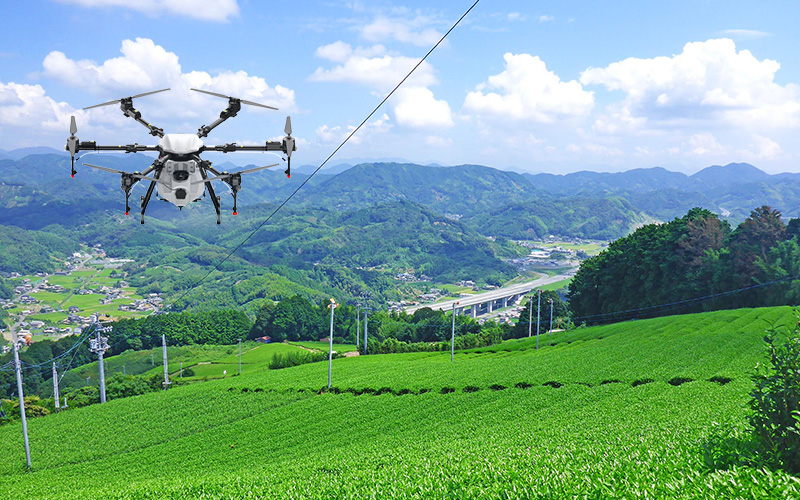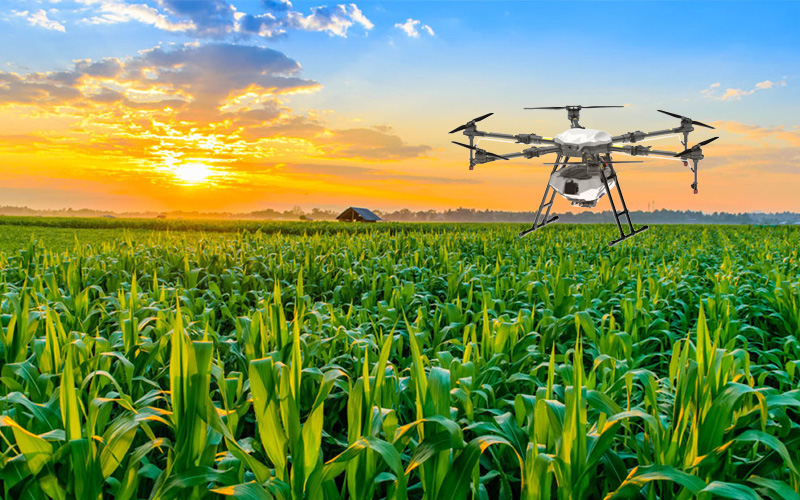By : TZX UAV
Click : 5110
The main working efficiency of TZX agricultural plant protection drones can be summarized in several key areas, although specific details may vary depending on the model and configuration of the drone. Generally,TZX agricultrural drones are designed to enhance agricultural productivity and sustainability through precision and efficiency. Here are some of the main working efficiencies associated with TZX agricultural plant protection drones:
1. Increased Spraying Efficiency
Precision Application: TZX drones are capable of precise pesticide, fertilizer, and seed application. This reduces waste and ensures that crops receive the necessary nutrients and protection in a targeted manner.
Coverage and Speed: The drones can cover large areas quickly, reducing the time required for manual spraying operations. This allows farmers to manage larger fields more efficiently.
2. Improved Crop Health and Yield
Early Disease Detection: Equipped with advanced sensors and cameras, TZX drones can detect crop diseases and pests early. This enables farmers to take prompt action, reducing crop loss and improving overall yield.
Nutrient Management: By analyzing crop health data collected by the drones, farmers can optimize nutrient application, ensuring that crops receive the right amount of nutrients at the right time.

3. Resource Optimization
Water Conservation: Drones can help monitor soil moisture levels and irrigation systems, enabling farmers to optimize water use and reduce waste.
Reduced Chemical Use: Precision application reduces the need for excessive chemical use, protecting the environment and promoting sustainable agriculture.
4. Cost Savings
Labor Reduction: By automating tasks such as spraying and crop monitoring, drones can reduce the need for manual labor, lowering labor costs.
Operational Efficiency: The drones' ability to cover large areas quickly and efficiently reduces the overall time required for agricultural operations, saving both time and money.
5. Enhanced Safety
Reduced Risk of Injury: Drones can perform dangerous tasks such as pesticide application in hard-to-reach areas, reducing the risk of human exposure to harmful chemicals.
Regulatory Compliance: By adhering to regulatory requirements for pesticide application and crop monitoring, TZX drones help farmers ensure compliance and avoid potential fines or penalties.

6. Environmental Benefits
Lower Carbon Footprint: The use of drones for agricultural operations can reduce the carbon footprint by optimizing resource use and minimizing waste.
Soil and Water Protection: Precision application and monitoring help protect soil and water resources from contamination and overuse.
It's worth noting that the specific working efficiency of TZX agricultural plant protection drones may vary depending on factors such as drone model, configuration, and operating conditions. Additionally, the drones' performance may be affected by environmental factors such as weather and terrain. Therefore, it's important for farmers to carefully evaluate their needs and select the appropriate drone model and configuration to maximize efficiency and productivity.
